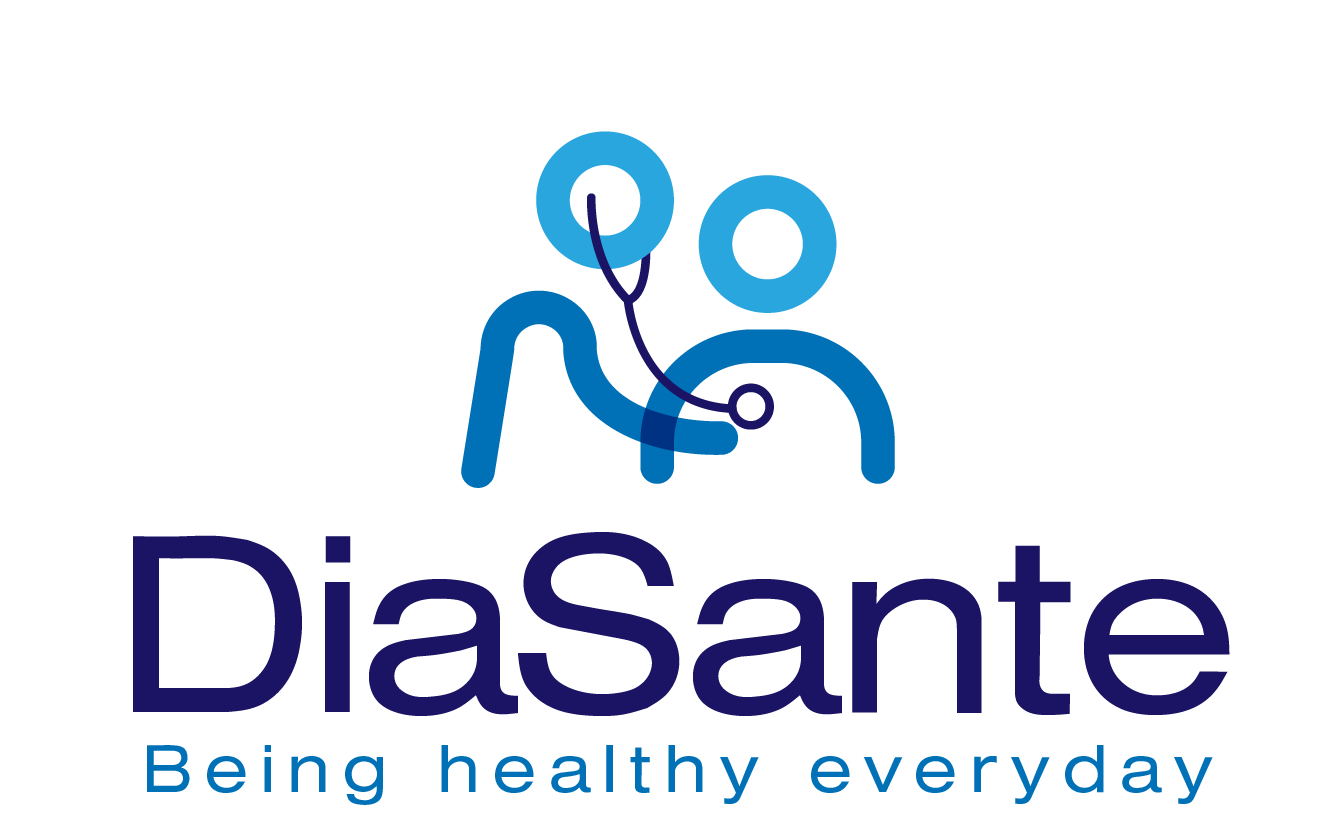Transforming Patient Lives: Primary Care Triumphs with RPM/CCM, Showcasing a 40% Boost in Net Revenue, Resulting in 60% Fewer ER Visits and Enhanced Patient Engagement
Introduction
- Multi-specialty physician group owned and operated by physicians located in the South-Central US. There are approximately 40 doctors involved with over 15 in primary care.
- The decision was made to implement RPM and CCM services for two reasons: 1) to improve patient care and decrease hospitalizations and 2) improve financial performance and increase net revenue.
Client profile
- The patient population involved Medicare patients with secondary insurance coverage, as well as Medicare Advantage Plan patients.
- Patient demographics are 65 years and older, Medicare or Medicare Advantage payer requirement. There are a few patients under 65 with permanent disability that also qualify.
- Qualifying health conditions include chronic medical conditions such as hypertension, coronary artery disease, atrial fibrillation, congestive heart failure, COPD, asthma, chronic kidney disease, diabetes, obesity, Alzheimer’s, cerebrovascular disease, osteoarthritis and chronic pain, etc.
Challenge
- Gaps in patient care many times arise from poor communication between the patient and the clinic staff. Implementing an RPM/CCM program provides an efficient line of communication and way to effectively communicate care plan structure, as well as any alterations to the care plan over time. The physiologic data provided by an RPM program gives the physician the ability to quickly and proactively modify patient treatment based on specified parameters and thresholds for each patient.
- Patient compliance is always a very hard thing to improve. With RPM and CCM programs, the care team is able to adjust medications more timely as well as initiate referrals and other care support which results in increased patient compliance and improved patient outcomes.
- Patients enrolled in an RPM/CCM program have a better sense of their physiologic parameters as they are seeing their daily measurements which results in increased awareness and making better health choices.
Solution
- At our group practice, we chose an RPM/CCM solution that integrated with our existing electronic health record and used cellular-enabled devices that would be easier for patients to use regardless of location.
- Implementation included two pathways: (1) we introduced RPM/CCM during patient wellness visits to introduce the program and assess patient interest, and then would consent the patients during their wellness visit for RPM and or CCM (2) we introduced RPM/CCM during routine office visits where patients were identified based on chronic conditions or a specific physiologic condition that needed to be monitored.
Implementation
- Timelines are of key importance. Milestones can be reached much more efficiently by using an RPM or CCM strategic partner. If a clinic were to try to do this on their own, it would likely take 3 to 4 months of planning and up to six additional months to arrange prior to implementation. However, moving forward with a strategic partner experienced in RPM and CCM solutions could decrease the prep time to a 3 to 4 week period before implementation can begin.
- Prior to starting, it is vital to identify a lead person within the clinic (main point of contact), that will receive the RPM or CCM data and information for the practice. Depending on the size and complexity of the practice, the office will need to determine if they want to have an RPM/CCM company representative nested in the clinic or use the service provider’s staff remotely from their call center. Both options have pros & cons and should be evaluated to determine the choice that optimizes the flow, device inventory management and passing out of devices at your clinic.
Results
- Across the board, patients enrolled in the RPM/CCM program show higher patient engagement, better health outcomes and overall quality of life as well as increased patient satisfaction.
- Improved patient outcomes were most significant for congestive heart failure and chronic kidney disease patients as measured by reductions in hospitalizations and ER visits.
- Financial performance for the practice improved with a 50% increase in physician monthly net revenue with minimal additional physician time requirement following implementation.
